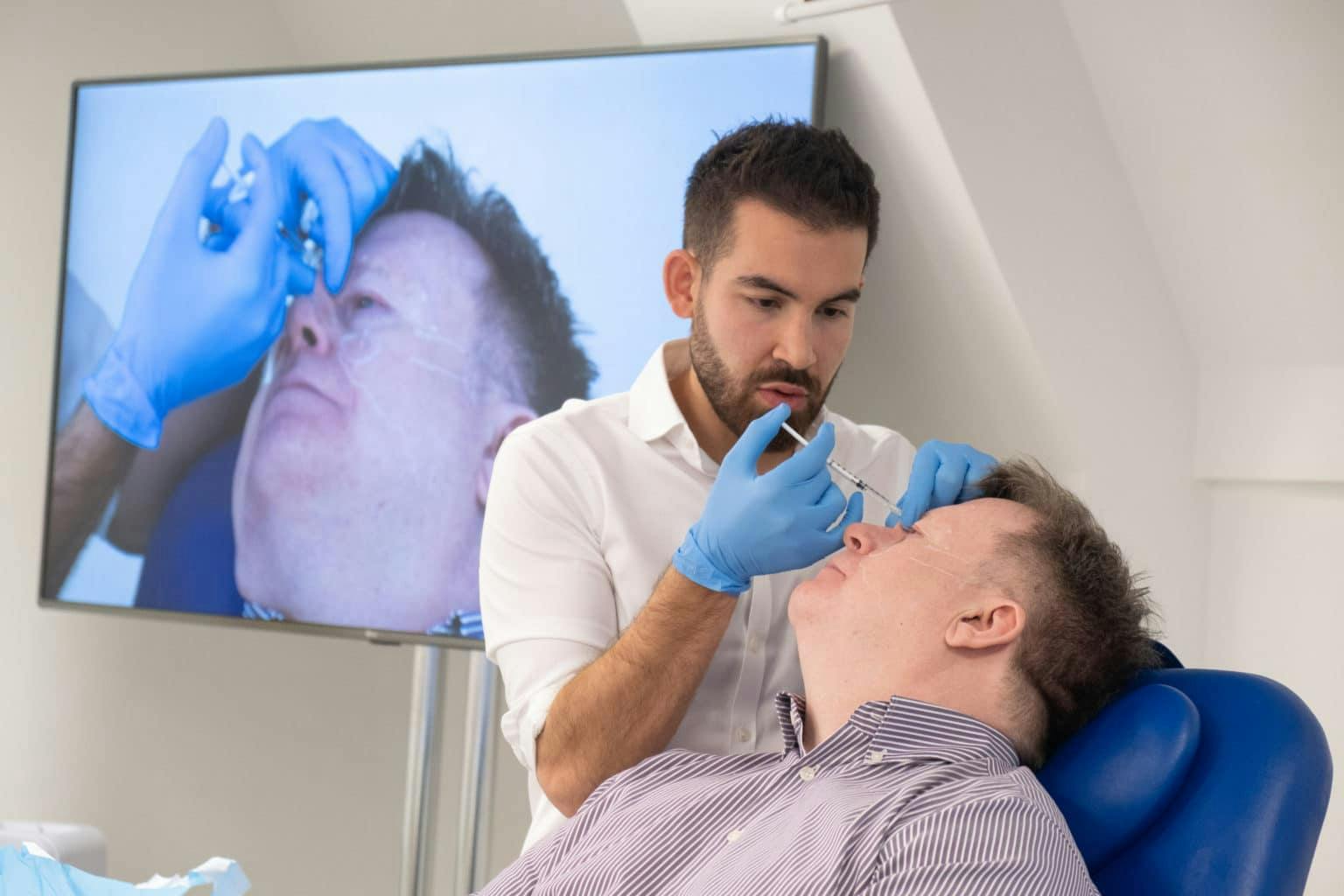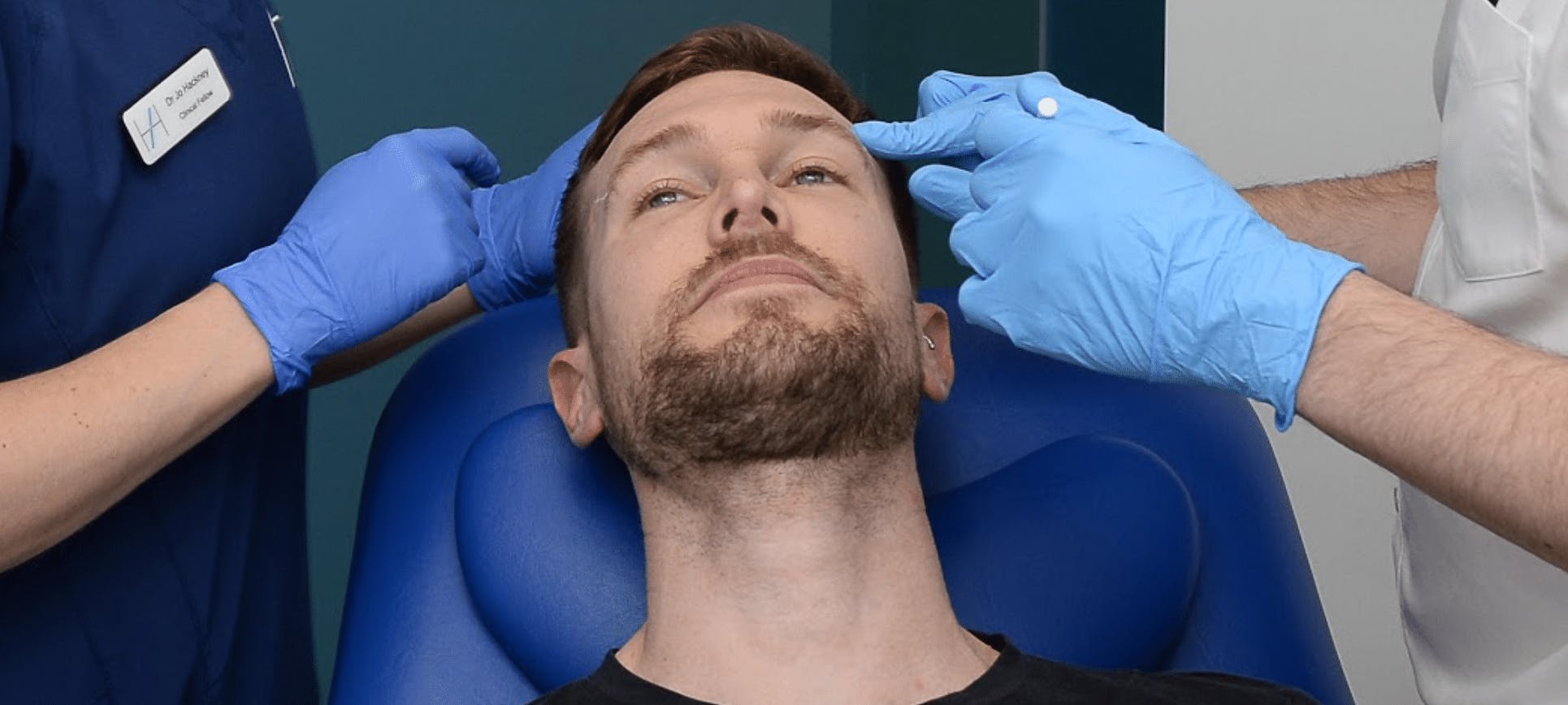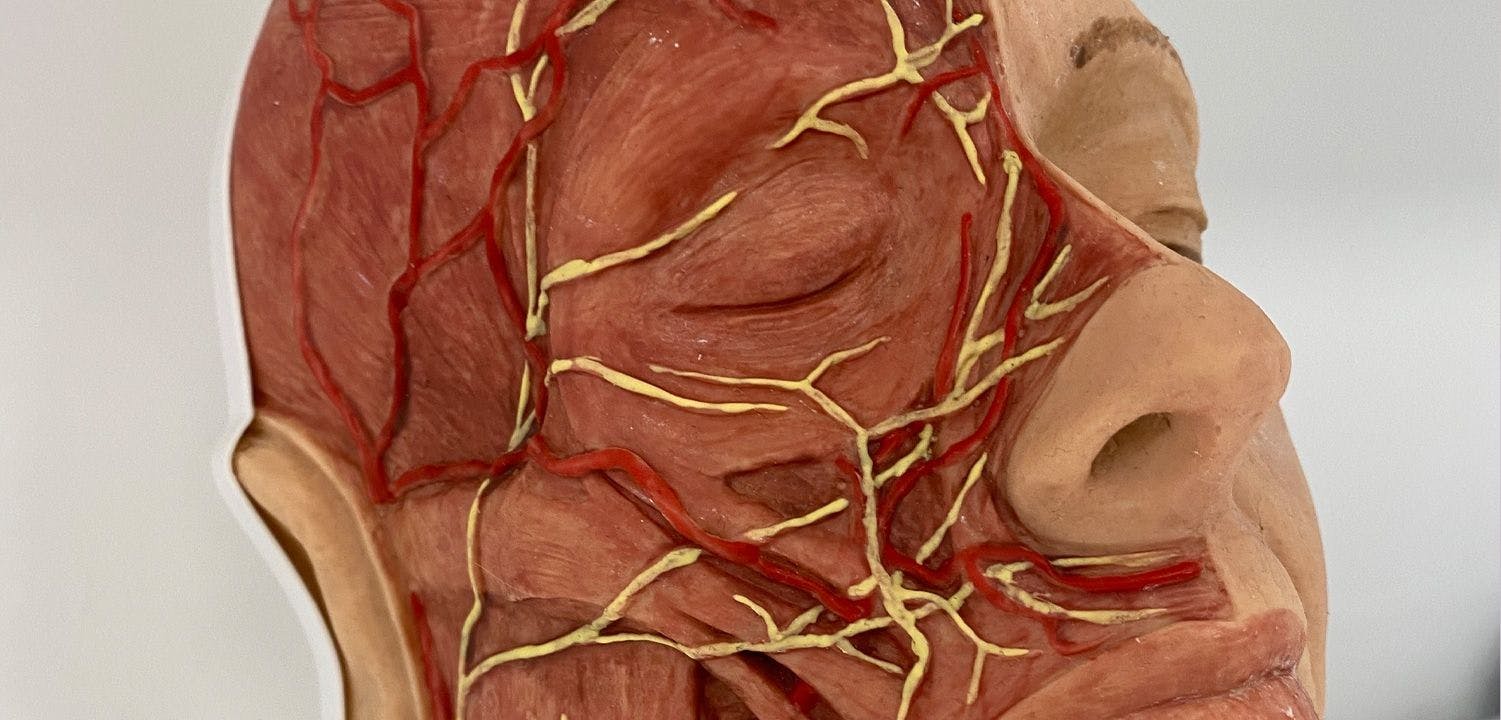Expert Advice For Injecting Botox

Botulinum toxin is widely recognised as being one of the cornerstone treatments in aesthetic medicine, so it’s something new injectors are keen to learn. To help you fine-tune your technique, we rounded up a selection of our established aesthetics experts’ best advice for injecting botox.
Here’s what members of the Harley Academy faculty feel you need to know to provide safe and effective toxin treatments. Read on for their top tips…
Learn to understand the dose effect of injecting botox

Dr Tristan Mehta, founder and executive chairman of Harley Academy, co-founder and aesthetics specialist at STORY Marylebone.
Start by using 2 units in the forehead, in the frontalis muscle, because then you can start to understand the dose effect of those 2 units at the two week follow-up. This also reduces your risk of having a brow ptosis, which is basically inevitable as you start to learn how botox works.
Remember to allow for toxin product diffusion

Dr Kalpna Pindolia, director of education and aesthetics specialist at STORY Marylebone:
Check for frontalis hyperactivity – this is a key factor for reducing the risk of brow ptosis.
Keep in mind the 1-1.5 cm diffusion of toxin product when planning treatment and injecting botox.
Keep realistic expectations in mind – frozen is impossible for the entire treatment duration and deep static lines are unlikely to respond dramatically well to treatment. It is generally a good rule of thumb to under-promise and over-deliver on treatment results. However, your patient should be made fully aware of what the likely outcome could be and what it cannot be.
Understand the principles of why you inject in certain patterns

Dr Joanna Hackney, senior clinical trainer and aesthetics specialist at The Academy Clinic.
Learn your anatomy, for example muscle origin and insertions, innervation, depth and location.
Develop your understanding of the principles of why you are injecting in the pattern that you are learning. If you grasp the fundamentals, you will be able to adapt your practice according to the individual patient’s requirements and, as well as achieving better aesthetic results, you are less likely to run into complications.
In addition, specifically, do not learn the depth of your injections according to the “amount of needle inserted”. This is a poor indicator of ‘depth’ as there are other contributing factors, namely the angle of insertion. Also, this method is heavily reliant on using the same needle length for all treatments! I frequently see students getting caught out by this in mentoring if we change the needle type or length used for the treatment.
Consider how muscles work together for predictable results

Dr Mariam Michail, clinical trainer and aesthetics specialist.
Don’t think about muscles in isolation but consider how muscles work together. This will give the most predictable results.
Understand risk factors for brow ptosis and when to avoid frontalis treatment!
Students working towards their Level 7 Diploma in Botox and Dermal Fillers receive comprehensive training in botulinum toxin, both in theory and during practical sessions.
This industry-leading Master’s-level aesthetic medicine training course provides the anatomical, technical injecting and product knowledge required to build a successful career as an injector. Furthermore, it also prepares you to minimise treatment risks, manage any potential complications and identify when patients are not suitable for treatment – a frequently overlooked skill!
We hope you find these expert tips on injecting botox helpful. Do let us know if you try any of them out in practice, or if you have any advice of your own that you’d like to share! You can do so on the private Harley Academy Comma if you are a student, otherwise do leave us your feedback via our Instagram account.
All information correct at the time of publication
Download our full prospectus
Browse all our injectables, dermal fillers and cosmetic dermatology courses in one document
By submitting this form, you agree to receive marketing about our products, events, promotions and exclusive content. Consent is not a condition of purchase, and no purchase is necessary. Message frequency varies. View our Privacy Policy and Terms & Conditions
Attend our FREE open evening
If you're not sure which course is right for you, let us help
Join us online or in-person at our free open evening to learn more
Our Partners












STAY INFORMED
Sign up to receive industry news, careers advice, special offers and information on Harley Academy courses and services

